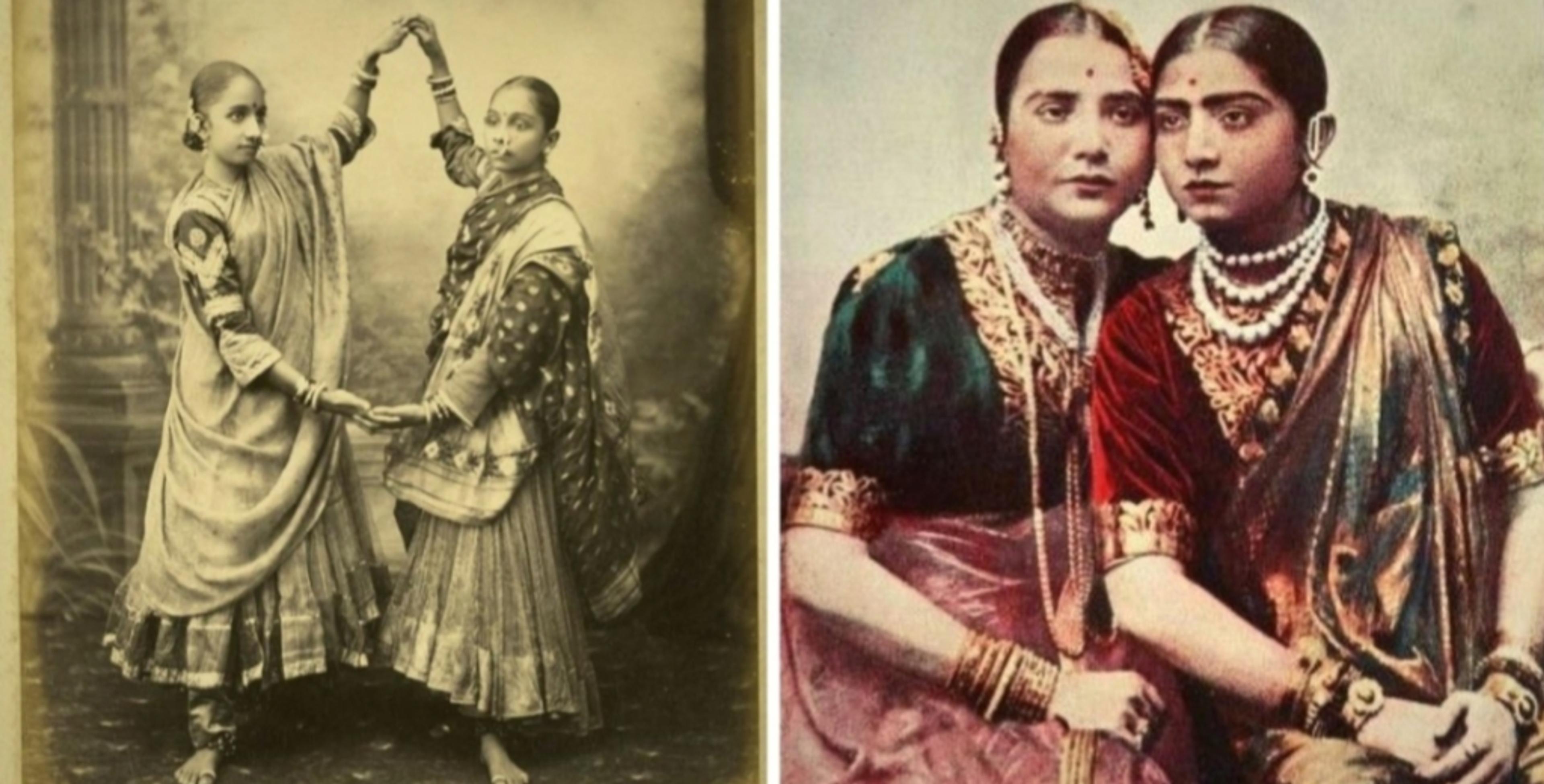
The scarce delineation of female voices in the pages of history stands as a testimony of the marginalization of their contribution to the common struggles. And, within that paradigm, tawaifs or India’s female entertainers were even more secluded.
Tawaifs, the Awadhi term for highly skilled courtesans, rose to prominence between the 18th and 19th centuries in the royal courts of Awadh, part of present day Uttar Pradesh.
The benefaction of tawaifs to India’s classical art was rescinded out of collective consciousness and their magnanimous stories found little mentions, even in the bottom lines of history after these professional singers and dancers were dubbed as prostitutes by the British, only to defame them.
Today, the word tawaif is more or less considered to be a profanity but it was not always the same, it was once considered to be a term of respect and not disdain. In their glory days, courtesans were known to be the repository of art and culture in India, skilled in both dance and music, they once represented the noon of Indian glamour and artistry. They also carried theatre and Urdu literary tradition, and went on to rule empires, lead armies and even worked as spies. They were rich, powerful and interestingly, ‘independent’ women, considering the socio-political condition of that era. They employed male musicians, music and dance teachers, and even pimps who were employed by them to bring business. They broke several patriarchal boundaries. Men were dependent on them and it was not the other way round.
In erstwhile Lucknow, these “dancing and singing girls” were among the highest tax payers, when even the mention of women in tax records was a surprise enough. Also, they were making the largest individual incomes of any in the city. This does not end here, these women also owned manors, orchards, manufacturing and retail establishments of food and luxury items, which were also confiscated by British officials ‘for their proven involvement in the siege of Lucknow and their participation in the first war of independence against British rule in 1857.’ In several other parts of the country, these women actively rebelled against the British Raj, and even supported the movement financially. As a result, not only their property was confiscated but the most attractive of tawaifs were sent to British garrisons to serve the troops there. Once the tawaifs who were considered to be the epitome of adab and an authority of etiquettes, the tawaifs who ardently contributed to classical music, dance and Urdu literature were now serving as common prostitutes.
These women are said to be the purveyors of varied art forms, they excelled in the performing arts such as Kathak and Hindustani classical music, as well as in literature like ghazal and thumri. They were considered to be the exponent of 64 kinds of art, and many of them were educated, their subjects being prose and poetry. Till the early 20th century, there are accounts of the most elite courtesans being invited to preside over discussions about literature because they were highly educated.
The first women of Hindi cinema were tawaifs. They went on to become successful writers, directors and producers. Jaddanbai, former tawaif and the mother of filmstar Nargis Dutt, was one of the first women to stir up the industry. When India entered the gramophone age, the first person to embrace the technology was Gauhar Jaan, a tawaif. There was a time, when being associated with a tawaif was considered to be a symbol of wealth, class, sophistication and culture. They were not synonymous to the women involved in flesh trade, and were neither pitied.
It is popularly believed that the sons from the noble families were sent to these tawaifs to learn tehzeeb and tameez, and the niceties of society, this also included the ability to differentiate good music and literature, and perhaps even practice it, especially the art of ghazal writing. By the closing of the 18th century, they had become the prime element of polite and refined culture in North India.

With the coming of colonialism, the presence of tawaifs started to be appalling as they did not adhere to the notions of Victorian morality and their shallow ideas of virtue. This brought a catastrophic end to this medieval institution of art and culture, and hence died; an era of poise, poetry, music and dance; an era of arbab-e-nishaat.
Nuzhat Khan
Department of English, Jamia Millia Islamia




